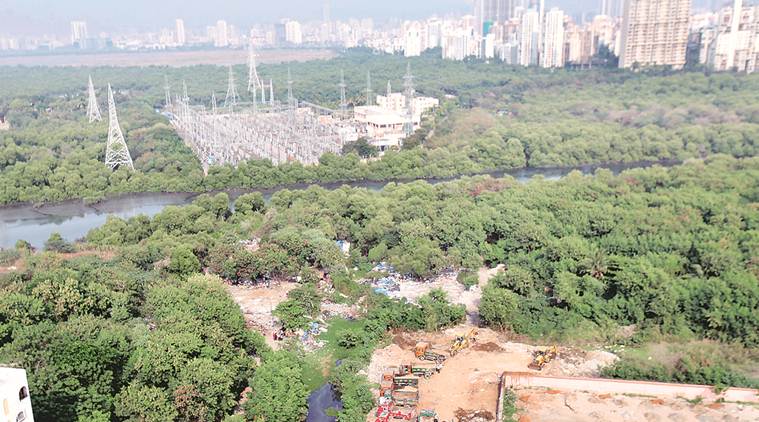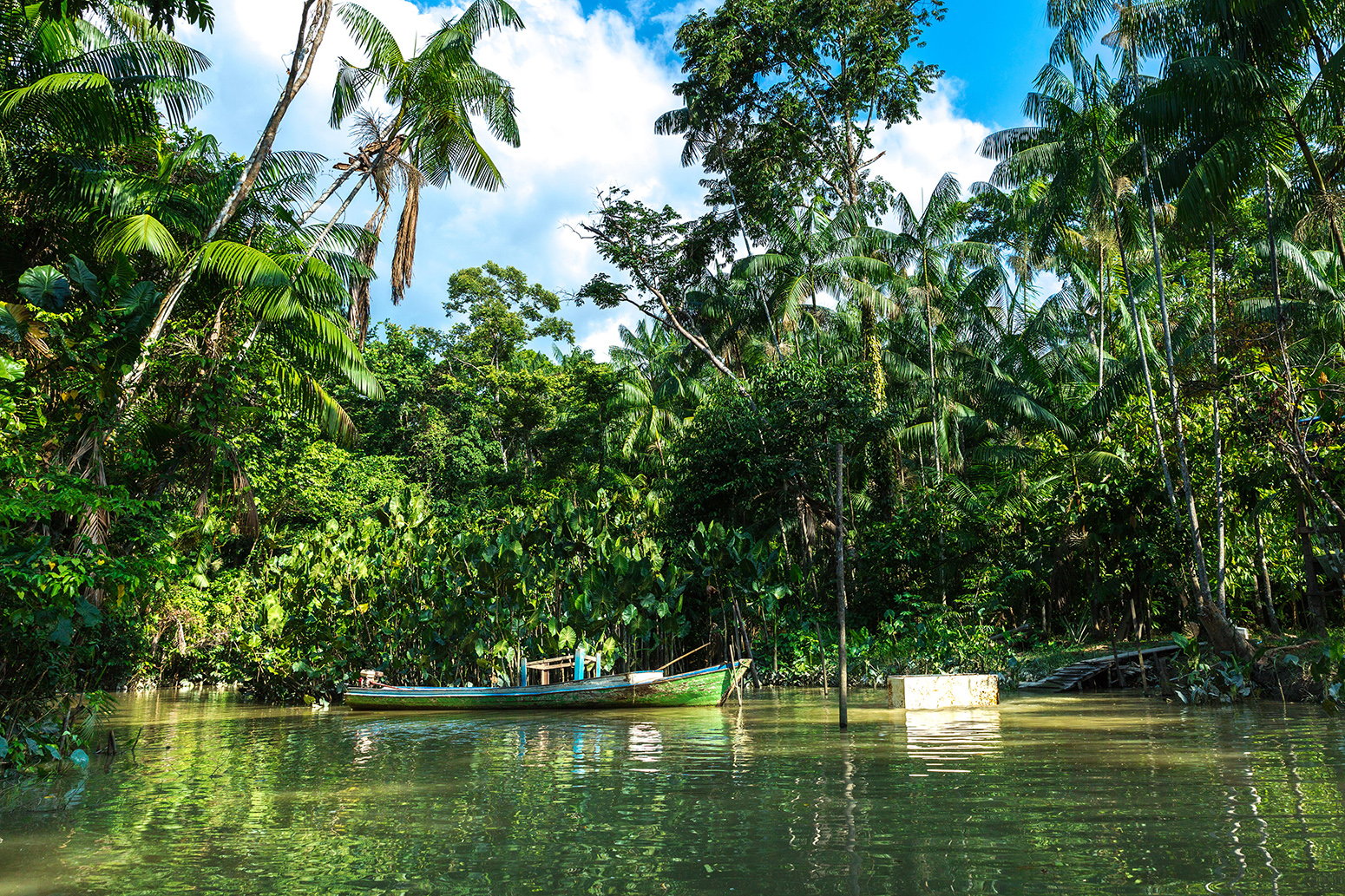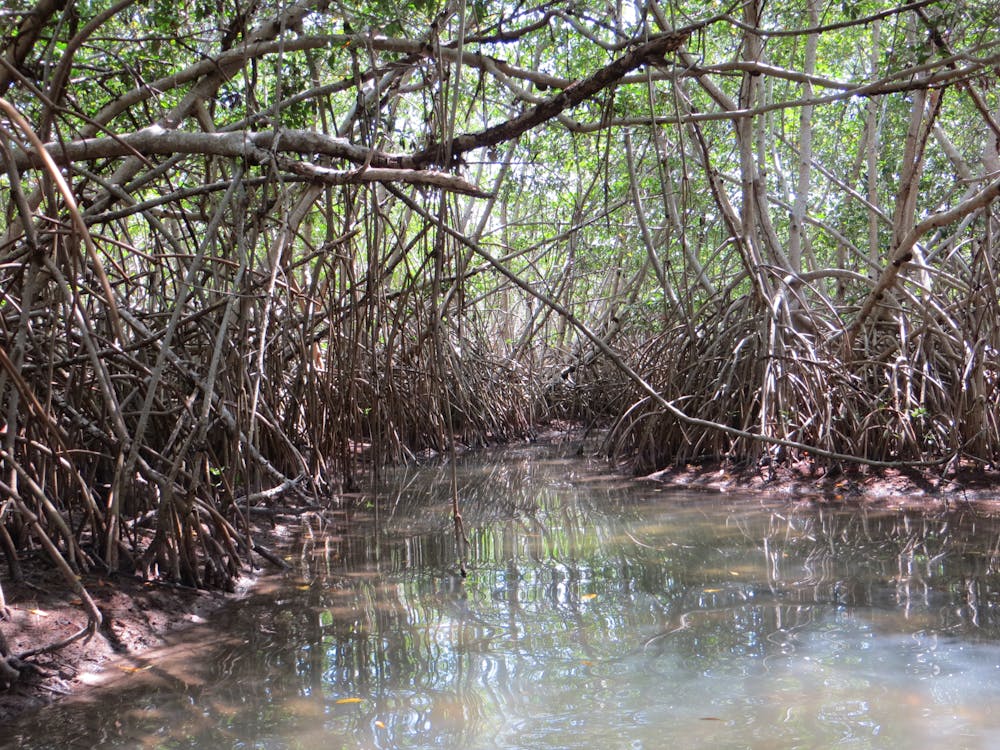4 days left in GlobalGiving’s Accelerator 
THAILAND – Please help MAP to expand beekeeping training projects in 4 villages in Southern Thailand. We have time, but we need your support! Raising funds is just part of the process. Once MAP reaches its goal of raising $5,000, we become a partner on the GlobalGiving website, paving the way for new projects to fund this important work. This project is not only about providing training to these villages – it is also about building a network of coastal communities across Thailand to support and grow their own mangrove conservation efforts for years to come. Your support today is an investment in a sustainable undertaking that enables villagers to provide for their families and ensures a better future for their children. The coastal villages of SW Thailand were once home to thriving mangrove forest ecosystems that preserved the shoreline, sequestered carbon, sheltered fish, and sustained communities that relied on small-scale inshore fishing. Today, these communities are among the poorest in the region as mangroves are lost to aquaculture, logging, and urban expansion. MAP will help 4 communities develop sustainable sources of mangrove-based income through harvesting high-quality honey from mangrove flowers.
READ MORE AFRICA
Non-State Actors Project Concludes Training of 60 Community Forest Monitors

LIBERIA -Amidst continuous effort to promote accountability and transparency in forest governance, the Volunteer to Support International Efforts in Developing Africa (VOSIEDA) has completed training of over 60 Community Forest Monitors (CFMs) in Lofa, Gbarpolu and Sinoe counties. Training’s beneficiaries were drawn from a cross-section of Community Forest Management Bodies (CFMBs), Community Forest Development Committees (CFDCs), and CSOs including youth and women groups.The month-long training which commenced on July 17, 2018 is part of ongoing efforts by the EU and local partners to strengthen the capacity of non-state actors (NSA) in forest governance. The primary objective of the training, according to VOSIEDA Program Manager Abraham Billy is to ensure that community members are able to document illegal logging activities, and resolve and mitigate potential challenges in accessing benefit from the forests-using forest monitoring tools such as: social audit, simple independent forest monitoring (IFM) tracking sheet, ten monitoring principles, cubic meter fees calculation techniques, application of GPS in forest and land demarcation and mapping to minimize boundary conflict, and forest laws and regulations among others. READ MORE
ASIA
CBEMR network communities in Thailand join the World Cleanup Day Campaign

THAILAND -Mangrove Action Project (MAP) in collaboration with the Trash Hero, Sikao Branch, participated in the World Cleanup Day event up for the first time ever along with other 7 participating locations in Trang province. The World Cleanup Day is a growing international movement which in 2018 involved 158 countries and an estimated 15 million people making our planet cleaner and safer. The goal is to do something concrete while raising public awareness about one of our planet’s most serious environmental issues. On the September 15th , 2018 MAP together with three villages from our Community Based Ecological Mangrove Restoration (CBEMR) network actively joined the World Cleanup Day event by collecting trash in their mangrove and beach areas including Bang Khang Khao, Trang province and Nai Nang and Klong Gam communities in Krabi province. Marine debris, especially plastics is a growing environmental crisis affecting wildlife, human health, coastal ecosystems and not least the esthetics of our coasts. READ MORE
Bombay High Court orders total freeze on mangrove destruction

INDIA – The Bombay High Court on Monday ordered a “total freeze” on the destruction of mangroves in the state. The court said that the destruction of mangroves across the state cannot be permitted for any use unless the court finds it necessary for the public good. Confirming its interim order passed in 2005, the High Court observed: “The destruction of mangroves offends the fundamental rights of the citizen and Article 21 of the Constitution of India… it is a mandatory duty of the state and its agencies and instrumentality to protect and preserve mangroves.” The court said that any destruction of mangroves will invoke legal action against the violators. In October 2005, the High Court had passed an interim order and banned destruction of mangroves and dumping of debris on the mangroves land. READ MORE
Funds needed to conserve mangrove, wetlands

INDONESIA – ood projects, such as mangrove and wetlands conservation, need funding. Sabah Wetlands Conservation Society (SWCS) president, Datuk Zainie Abdul Aucasa yesterday said without funding, all the good ideas and efforts to combat issues confronting mangrove and wetlands conservation would come to nothing. He spoke of the Payment Eco Systems (PES), which he said should be explored so that conservation efforts did not have to rely on donations and handouts all the time for funding. “There is an urgency to work out the PES,” he said. City Hall Mayor Datuk Yeo Boon Hai shared his opinion citing the importance of having enough funding to preserve and protect the wetlands. He added that the duty to preserve the wetlands in Sabah should not fall merely on the shoulder of the government but for all parties. A senior scientist at TropWATER, Australia, Professor Norman Duke stressed the importance of preserving what remains of wetlands everywhere, including in Sabah. He explained that there is a decline in wetlands in every country. READ MORE
Authorities urged to protect Kulhudhuffushi mangrove

MALDIVES – Authorities were urged Tuesday to protect the remaining part of the Kulhudhuffushi mangrove which was dredged to build an airport. A statement from 12 NGOs said the reclamation work ignored the environmental impact assessment. They accused the government of lying about the project. Nearly 70 percent of the mangrove had been reclaimed despite assurances that only 30 percent would be affected, the statement alleged. “Unrecoverable losses have been caused to the Kulhudhuffushi mangrove because of actions that were carried out in the name of development without regard to the environment impact assessment and the project decision statement.” The statement said the remaining part of mangrove was in danger of being destroyed and the protected species faced losing their habitat. READ MORE
Hope alive for dying Uran mangroves

INDIA – Days after the landmark Bombay high court (HC) order that stressed on mangrove protection across the state, the Jawaharlal Nehru Port Trust (JNPT) has decided to make efforts to restore the coastal patches that had dried up as a result of nearby construction work. The Trust has opened culverts allowing high-tide water access to 4,550 dead or dried up trees in a bid to restore a 4.5-hectare mangrove patch located near Hovercraft Jetty (container terminal-4) in Uran, Navi Mumbai. A senior JNPT official said that the mangrove trees and bushes have already begun rejuvenating at the site. “Destruction of mangroves offended the fundamental rights of the citizens and hence it was a mandatory duty of the state and its agencies and instrumentalities to protect and preserve the mangroves,” the HC bench said in its hearing. One of the primary directions by the HC bench comprising justices Abhay Oka and Riyaz Chagla, on September 17, stated: “We direct that it is the obligation of the state to replant destructed mangroves and to restore mangrove areas which are illegally reclaimed. The said areas shall be restored to their original condition.” READ MORE
AMERICAS
Could the 'Mangrove Effect' Save Coasts From Sea Level Rise?

USA – Florida is set to lose more than 10 percent of its homes by 2100, and five southern states have already lost $7.4 billion in home values. But one study conducted by biologists at Villanova University offered some hope for the beleaguered region: warmer temperatures encourage the growth of mangroves, which have more complex roots than other wetland plants and can help build soil and protect coasts from storms like hurricanes. "The study links the growth of individual plants, and particularly their roots, to the survival of an entire ecosystem. The researchers exposed both salt marshes and mangroves to warming chambers and found that higher temperatures doubled the plants' height and increased the transition from salt marsh to mangrove ecosystems. Plots exposed to warming saw their mangrove cover increase by a factor of six compared with plots left at current temperatures. READ MORE
Taking a stand in the sand: Martin County students grow, plant mangroves to help lagoon

USA – From humble beginnings at Alphabet Farms Preschool in Palm City, a large crop of red mangrove seedlings has been successfully transplanted into the Indian River Lagoon. After learning about mangrove ecosystems, environmental sustainability, and recycling, the kids at Alphabet Farms (ages 4 to 6) planted more than 100 propagules last August in reused plastic milk jugs. With hard work and mindful care, 100% of the initial crop survived. Even in preschool, Martin County is perpetuating a future generation of environmentally aware leaders.The transplant, carried out with the help of the Environmental Study Center’s Camp W.E.T, was a huge success. Fifth-grade campers took to the river aboard the “River Scout” and dug holes for nearly 60 red mangrove seedlings. Focusing on the habitats these plants create, the kids learned about the enormous range of estuary creatures that depend on mangroves. READ MORE
Amazon mangrove forests key in carbon storage

USA – Scientists led by an Oregon State University researcher have determined for the first time that Amazon’s waterlogged coastal mangrove forests, which are being clear cut for cattle pastures and shrimp ponds, store significantly more carbon per acre than the region’s famous rainforest. The long-term study, recently published in the journal Biology Letters, provides a better understanding of how mangrove deforestation contributes to the greenhouse gas effect, one of the leading causes of global warming, said J. Boone Kauffman, an ecologist at OSU who led the research. The Brazilian mangrove forest fringes the entirety of the Atlantic Coast at the mouth of the Amazon, the largest river in the world with the largest mangrove forest. Although preservation of the Amazon rainforest has been the subject of intense awareness efforts over the last few decades, less attention has been paid to the Amazon mangroves. READ MORE
WHITEPAPER – Carbon stocks of mangroves and salt marshes of the Amazon region
BRAZIL – In addition to the largest existing expanse of tropical forests, the Brazilian Amazon has among the largest area of mangroves in the world. While recognized as important global carbon sinks that, when disturbed, are significant sources of greenhouse gases, no studies have quantified the carbon stocks of these vast mangrove forests. In this paper, we quantified total ecosystem carbon stocks of mangroves and salt marshes east of the mouth of the Amazon River, Brazil. Mean ecosystem carbon stocks of the salt marshes were 257 Mg C ha−1 while those of mangroves ranged from 361 to 746 Mg C ha−1. Although aboveground mass was high relative to many other mangrove forests (145 Mg C ha−1), soil carbon stocks were relatively low (340 Mg C ha−1). Low soil carbon stocks may be related to coarse textured soils coupled with a high tidal range. Nevertheless, the carbon stocks of the Amazon mangroves were over twice those of upland evergreen forests and almost 10-fold those of tropical dry forests. READ MORE
GLOBAL
What the world needs now to fight climate change: More swamps

GLOBAL – “Drain the swamp” has long meant getting rid of something distasteful. Actually, the world needs more swamps – and bogs, fens, marshes and other types of wetlands. These are some of the most diverse and productive ecosystems on Earth. They also are underrated but irreplaceable tools for slowing the pace of climate change and protecting our communities from storms and flooding. Scientists widely recognize that wetlands are extremely efficient at pulling carbon dioxide out of the atmosphere and converting it into living plants and carbon-rich soil. As part of a transdisciplinary team of nine wetland and climate scientists, we published a paper earlier this year that documents the multiple climate benefits provided by all types of wetlands, and their need for protection. READ MORE
 We at MAP were saddened to hear of the passing of Roy R. “Robin” Lewis III. He made a substantial contribution to the Mangrove Action Project (MAP) over the years as a Board Member then as our technical advisor sharing his knowledge & understanding of mangroves and restoration for the benefit of the planet. Robin was one of MAP's first board members, and helped shape our efforts. We at MAP owe much to him for his dedicated work and wise counsel over those many years. We thank you! Roy R. "Robin" Lewis III, Professional Wetland Scientist, Ecological Society of America Certified Senior Ecologist, Board Certified Environmental Professional READ MORE
We at MAP were saddened to hear of the passing of Roy R. “Robin” Lewis III. He made a substantial contribution to the Mangrove Action Project (MAP) over the years as a Board Member then as our technical advisor sharing his knowledge & understanding of mangroves and restoration for the benefit of the planet. Robin was one of MAP's first board members, and helped shape our efforts. We at MAP owe much to him for his dedicated work and wise counsel over those many years. We thank you! Roy R. "Robin" Lewis III, Professional Wetland Scientist, Ecological Society of America Certified Senior Ecologist, Board Certified Environmental Professional READ MORE



























